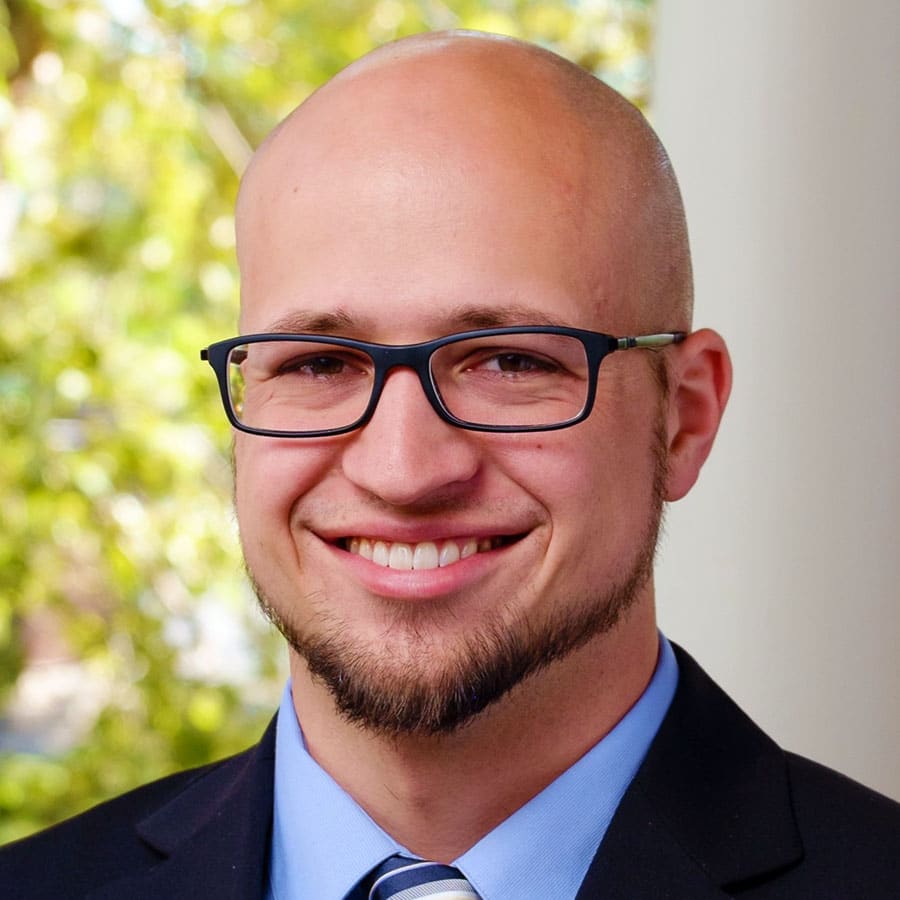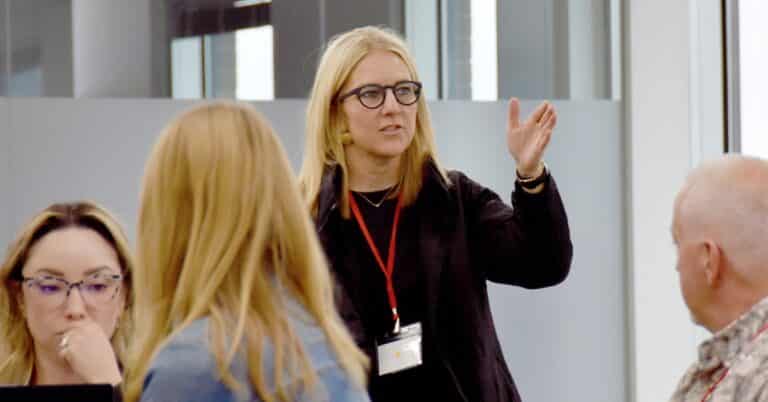By Jon Alfuth, Sarah Bishop-Root and Adriana Gobbo Harrington
Everyone from local district leaders up to the U.S. Secretary of Education extols the virtues of K-12 college and career pathways. In practice, however, these pathways are too often an afterthought or an add-on available to few students within an education system designed for a different age. And when poorly designed or not supported, they leave students with a lack of skills or credentials that are not in demand to employers.
However, what if we transformed our education system by centering student needs and interests, where access to meaningful college and career readiness pathway opportunities was a core component of the education system? ExcelinEd and KnowledgeWorks have advocated for years for such a system.
Here’s why we need a new approach to education, and what it could look like.
Education systems need to be transformed to ensure that all children are empowered with the knowledge, skills and dispositions for success in college, career and life. Because traditional systems are designed to “track” students along different academic and career pathways, they often differ substantively in academic quality. The legacy of this system can lead to widely different academic, knowledge and future employment outcomes based on where a student has been slotted. Embracing student-centered learning and pathways together will allow students to truly meet the diverse skill needs of employers and the unique individual needs of each student and their communities.
Our education system can and should be at the forefront of building up the capabilities of the next generation. With a student-centered learning approach, graduates are empowered to tackle the local and global challenges that they will face in the future. This helps to ensure that students have the opportunity to be a positive force in their communities. Student-centered learning and pathways are crucial to imparting the knowledge and skills that learners will need to succeed in an evolving world.
Learners increasingly demand an education that offers expanded opportunities aligned to their interests. They want an education that empowers them and that gives them hope for the future. One recent poll reveals that less than one in three students say that schools today are doing a good job at helping them build decent lives and become leaders in their communities. In another study, both parents and young adults report significant gaps in confidence in their ability to achieve the outcomes they rate as very important, signaling a disconnect between what young adults and parents hope they will achieve – and how well education systems are preparing them to do so.
Practitioners and policymakers are turning to two parallel approaches to prepare students for the future. The first of these, college and career pathways, when done well, can prepare students for the careers of the future while ensuring quality, value, equity of opportunities and access for all students. Specific activities can include dual enrollment, work-based learning, apprenticeships, industry-valued credentials, and career and technical education (CTE).
The second, student-centered approaches to learning such as personalized, competency-based learning, typically involve engaging learning environments and experiences that are personalized to each student’s strengths, needs and interests. Students make decisions about their own learning and select different pathways and varied pacing as they learn and demonstrate mastery of academic knowledge and skills. In a student-centered learning environment, adults are able to provide more in-depth support and guidance based on the individual needs of each learner.
Integrating college and career pathways and student-centered education systems
While these two approaches are often pursued independently of each other, the tenants of both systems have a tremendous amount of potential for positive synergy:
- When an education system is designed with student needs and interests at the center, the system structure provides students with the agency to select from a variety of opportunities that they need to truly personalize their learning experiences. College and career pathways offerings provide a logical option for building out this diverse range of opportunities.
- The full range of college and career pathways opportunities often involve experiences that take place outside of a traditional classroom setting, which require new ways to capture and credential learning. These are core features of advanced student-centered learning systems and structures.
Practitioners and policymakers seeking to transform K-12 education systems to prepare students for an uncertain future should actively consider how to integrate student-centered learning approaches. While much room exists at the local, state and federal level for this type of integration, some states, schools and districts are already showing us early examples how this could be done.
State and district examples
Vermont state law integrates flexible pathways to graduation with the state’s requirement that all students grades seven through twelve have personalized learning plans. School districts like Harwood and U-32 have taken advantage of this opportunity to develop college and career pathway opportunities like dual enrollment and connect students to student-centered approaches to learning.
In North Dakota, the state’s Innovative Education Program and newly adopted Learning Continuum give districts considerable flexibility to pursue innovative education approaches. Districts like Northern Cass and Bismarck that are pursuing student-centered instructional practices are creating opportunities for students to participate in career-oriented experiences as a key component of this change.
Illinois 2016 legislation addressed college and career pathways and authorized the state’s competency-based high school graduation requirements pilot program. Districts within the state are also allowed to adopt a policy for permitting career and technical education courses to be substituted for graduation requirements. Districts like Williamsfield are working with stakeholders to develop alternative graduation pathways and recast middle and high school education as a skills-driven pursuit by developing four graduation pathways that complement the high school diploma.
South Carolina has established a statewide profile of a graduate and aligned competencies to communicate the world-class knowledge, skills and characteristics necessary for students to succeed. The state also offers a range of flexibilities to districts seeking to create student-centered learning environments based on these documents. Districts like McCormick County are working to create personalized learning experiences for their students as well as pathways opportunities like CTE and dual enrollment.
Today’s K-12 education system needs a full transformation to ensure that it adequately prepares our children for the world in which they will find themselves, and students know it. Student-centered learning and college and career pathways are being pursued by many policymakers and practitioners across the country, and it’s time to begin deliberately integrating these two pieces together to prepare students for the future. Our students demand it.
Students at the Personalized Learning Academy in the New Rockford-Sheyenne Public School District don’t just explore their passions – they discover new ones.






